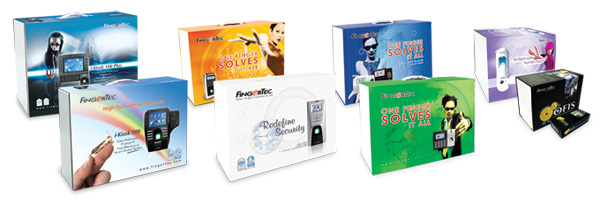| Economics of Branding | ||
by Batyr Komurzoev, Sales Manager (CIS Countries) |
||
(An avid economist who is pursuing his PhD in Monetary Economics) |
||
|
Historically, companies producing goods and services had been following a management theory aimed at producing best possible quality at least possible cost. A competitive edge was obtained by those companies that produced best quality products at competitive prices. Traditionally, companies in developed countries had been leaders in producing quality and innovative products and in reducing per unit cost through automation of production process and economies of scale. In the last few decades, however, companies from emerging economies were able to significantly increased quality of their products and offered them at prices much lower than their counterparts in developed economies. At the same time, product innovation has also been improved tremendously with consequent result of developing new goods and innovating, and not just copying quality goods. Thus, companies form different parts of the world have come to an equal footing when it comes to management theory and practice, which is adopting most efficient and economic method of production, developing new and innovative products and offering high quality products at competitive prices. |
||
|
||
|
As the worldwide competitions grown, and more companies became able to produce similar products with identical quality, a new concept, called branding, appeared which involved development and management of a brand. A brand can be a name, sign, symbol or design, or a combination of them that identifies goods and services of one seller or a group of sellers and differentiate them from those of other competitors. Brand refers to more than just a product; it is a source of a promise to the consumers. It tells consumers what the seller promises to do for them. For example, a brand’s promise to the people might be that the benefits they want most will be delivered by the product they buy. At the same time, a brand might give assurance to the customers that if for any reason they didn't get what they expected, the brand will insure that the seller will try to correct the situation and deliver the desired benefit in the future. When customers perceive this to be true for a brand, customer loyalty increases in which case they do not only choose that product over the competitors, but also see it as the only one that provides a solution to their problem. Thus, a brand represents the promises a company makes to consumers when it sells its products and these promises should be reflected in the advertisement and promotion of the product. Branding products can significantly improve revenues and profits of the company since it generates higher demand and customer loyalty. Increasing revenues is not simply about reducing costs. In today’s competitive world, products must be offering an added value accompanied by effective advertisement and marketing strategy. Branding increases the awareness of people about the product and its credibility which offers a significant contribution to the customer’s buying decisions. Even if the price is higher, people tend to choose products of a known brand over the unkonown brands of the same quality products because brands represent a longstanding track record of success. A well managed brand can sustain the company through any economic downturns or a recession. It can have the strength and value as a true asset to the company during trying times, and on into the future. |
||
|
||
|
At the same time, brand benefits customers by offering quality, choice, convenience, relevance, reassurance and satisfaction. Brand is usually associated with quality and by buying branded products customers can get extra quality at competitive prices. Meanwhile, competition and innovation create a wide choice of brands that customers can choose from and usually the names or symbols of the brand are easy to remember thereby offering convenience to the customers. The reassurance of the product’s reliability and manufacturer’s support is also an added benefit for the customers. Finally, buyers of branded goods can get a satisfaction by receiving best value for the price they pay. Branding might not only benefit the sellers and buyers of the products, but also have a positive effect on the economy in general. Through increasing competitiveness in the form of improved quality, innovation, marketing and R&D, branding stimulates dynamism which leads to economic growth and an increase in the standard of living. Advertisement and expansion of direct sales outlets creates awareness of the products and leads to increased demand of the branded goods among consumers not only domestically, but internationally as well. Higher sales lead to economy of scale which results in competitive prices and more investment in research and development in order to sustain the dynamism and growth. Thus, competitiveness and innovation, as the integral part of the brand, gives real input to the economy in the form of increased dynamism and consequent economic growth. The diversification strategy adopted by FingerTec is indeed a major contributor to steady growth and market expansion with minimal effects in times of economic slowdowns in some parts of the world. |

